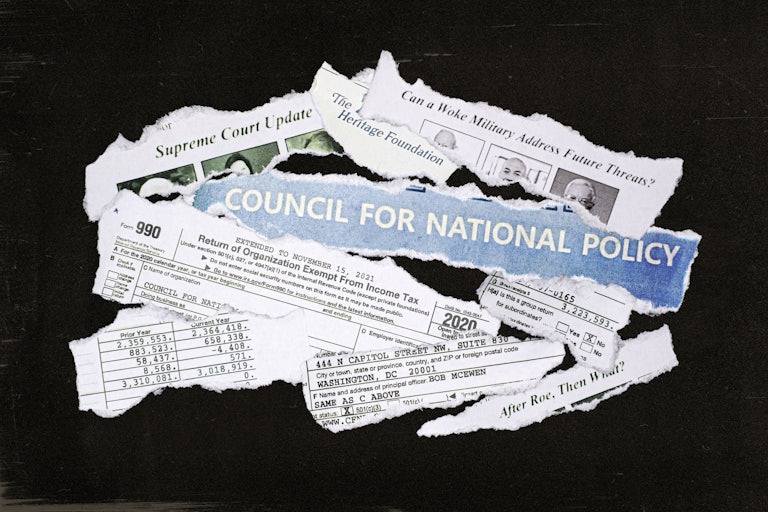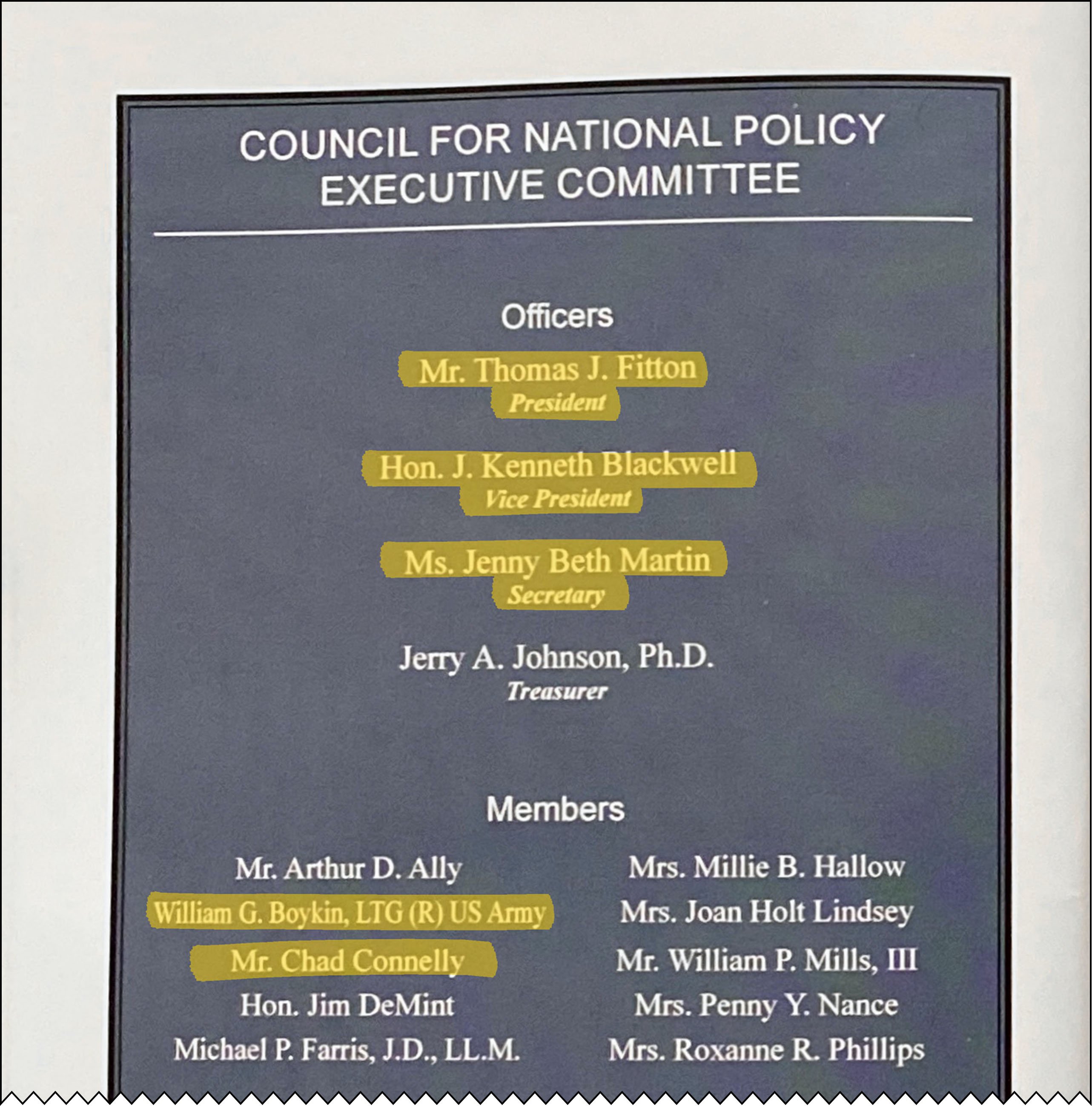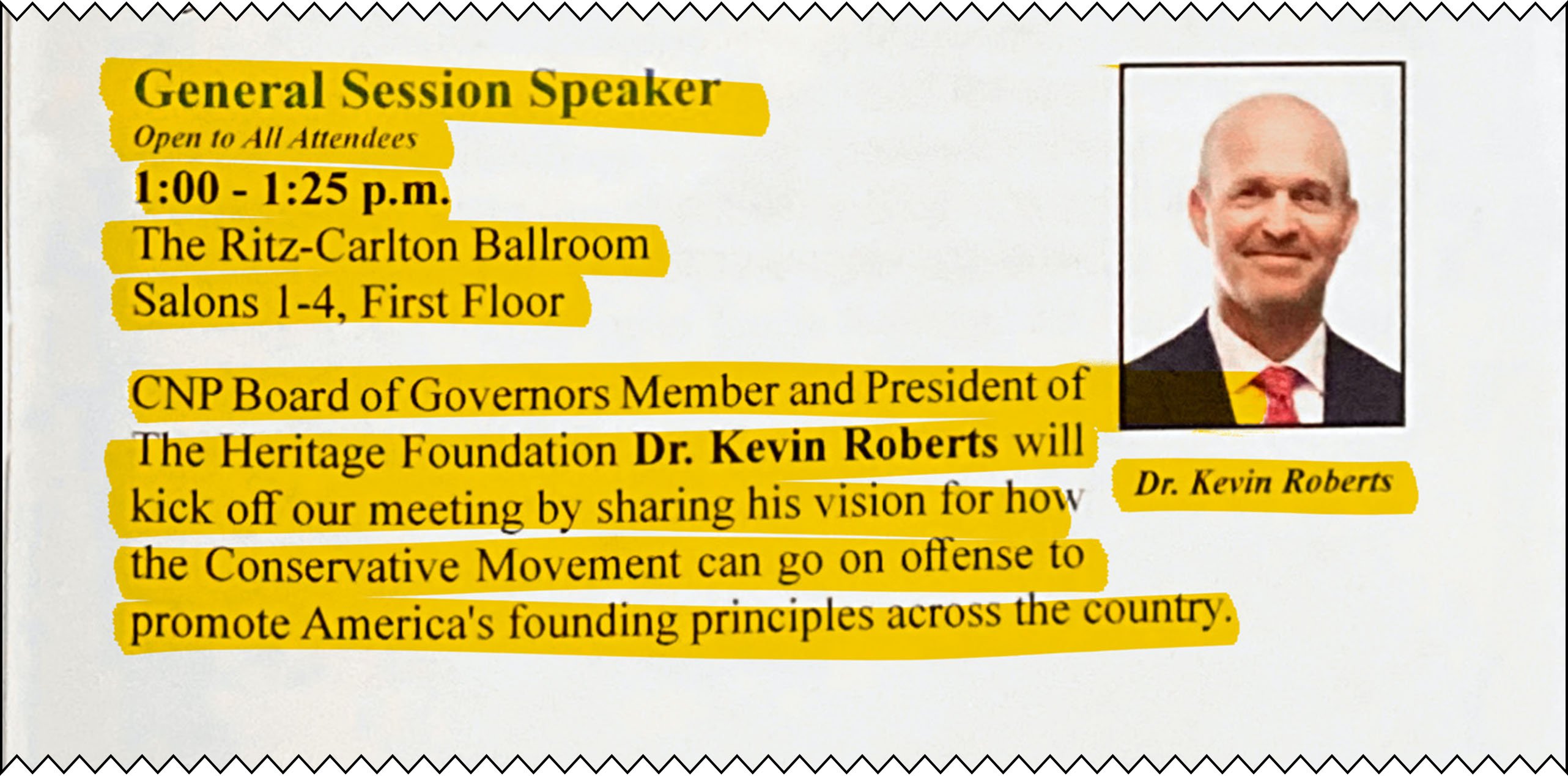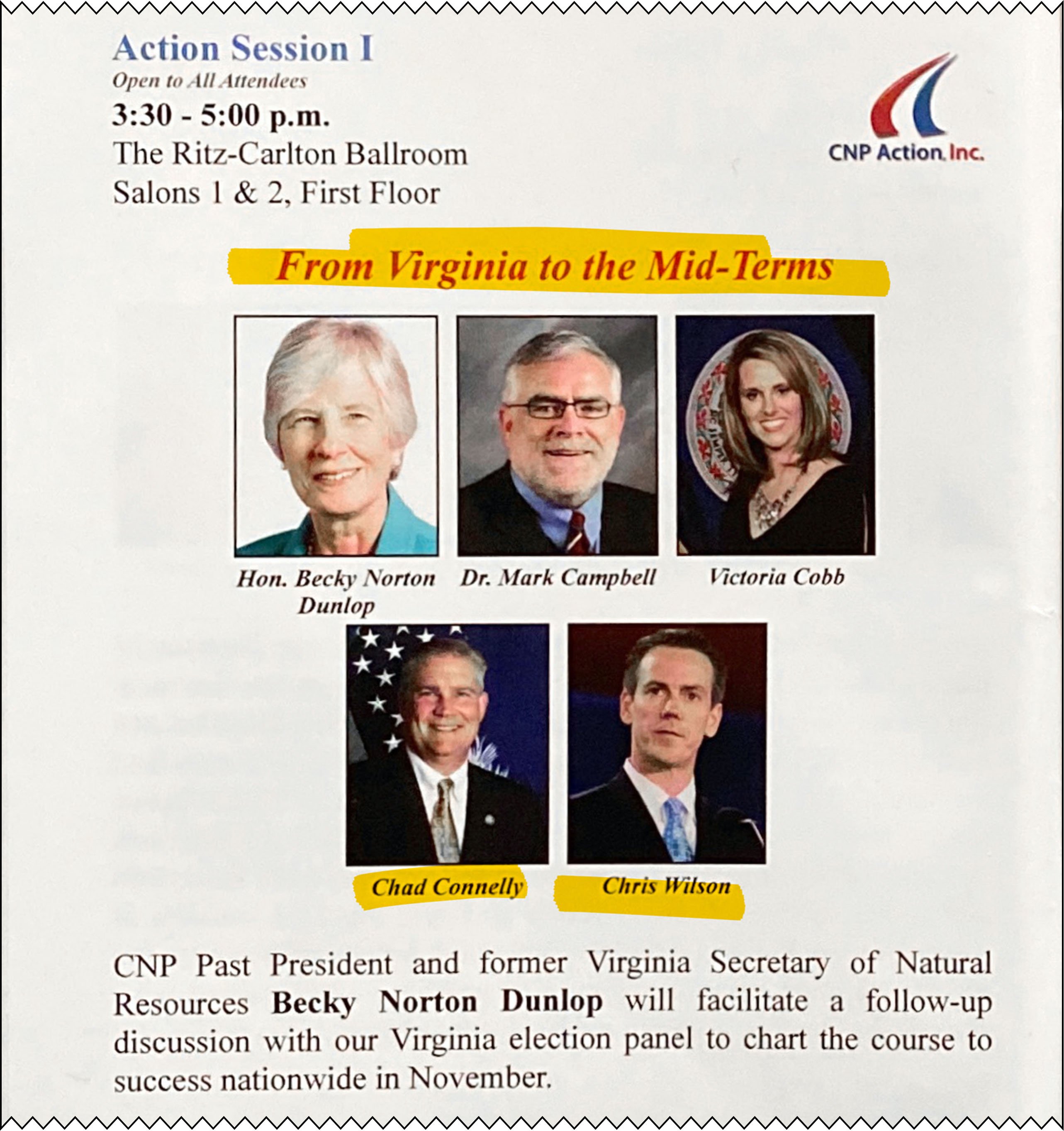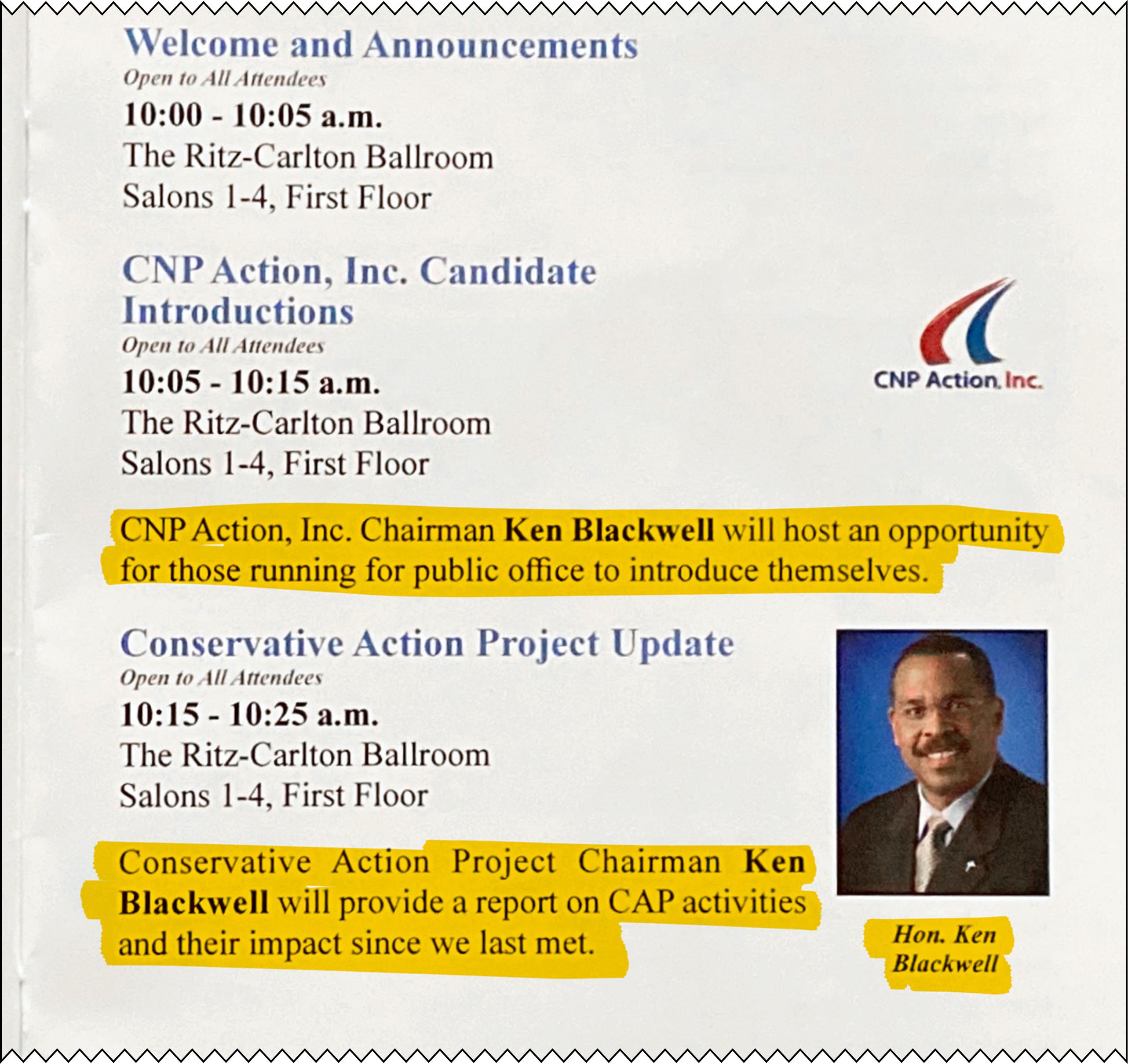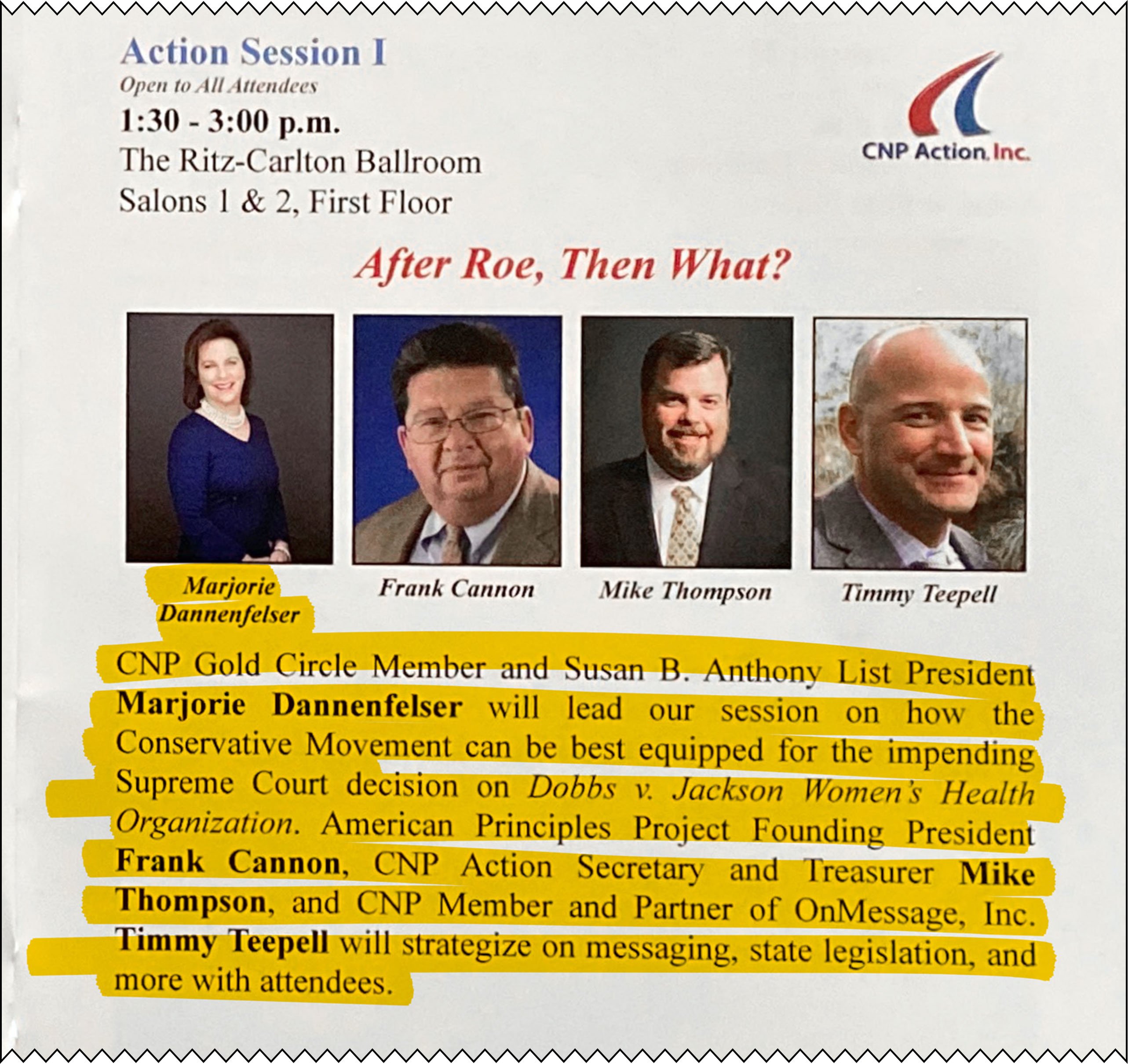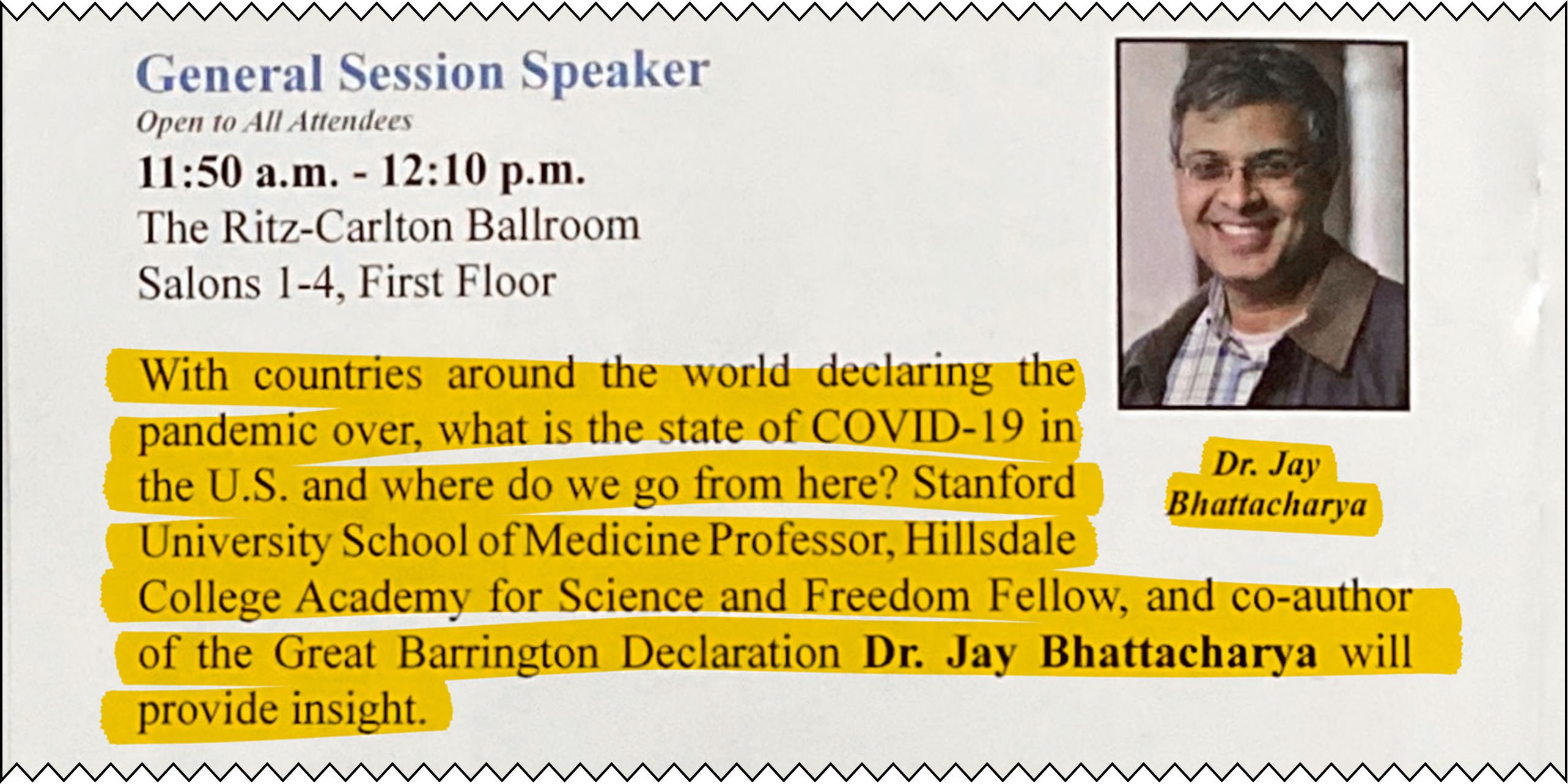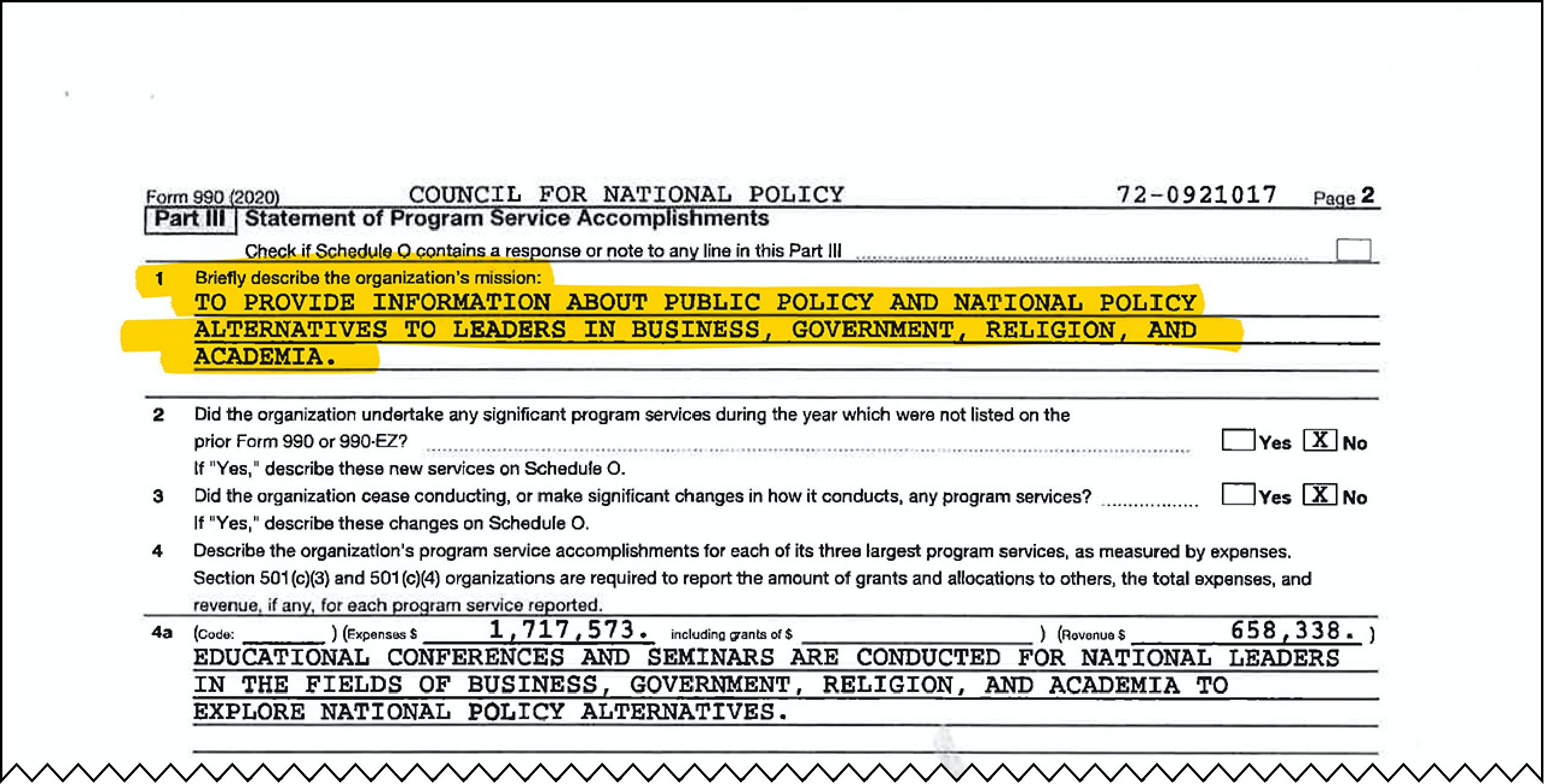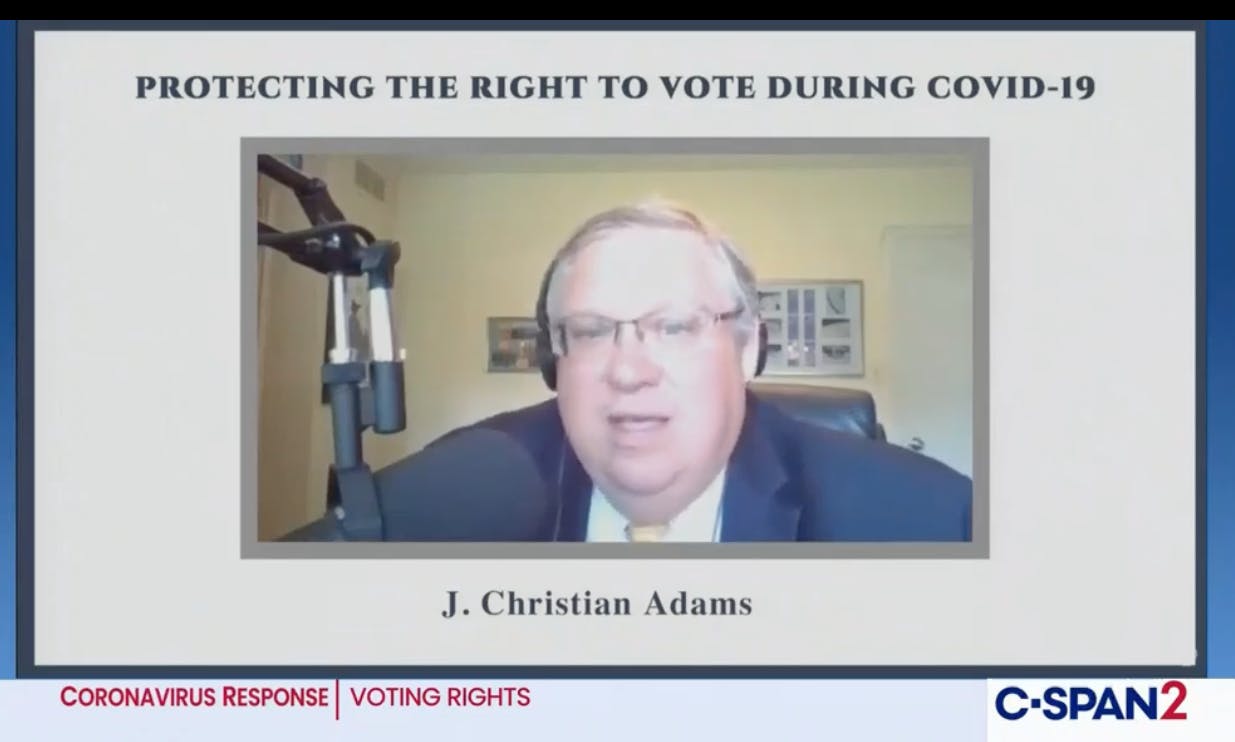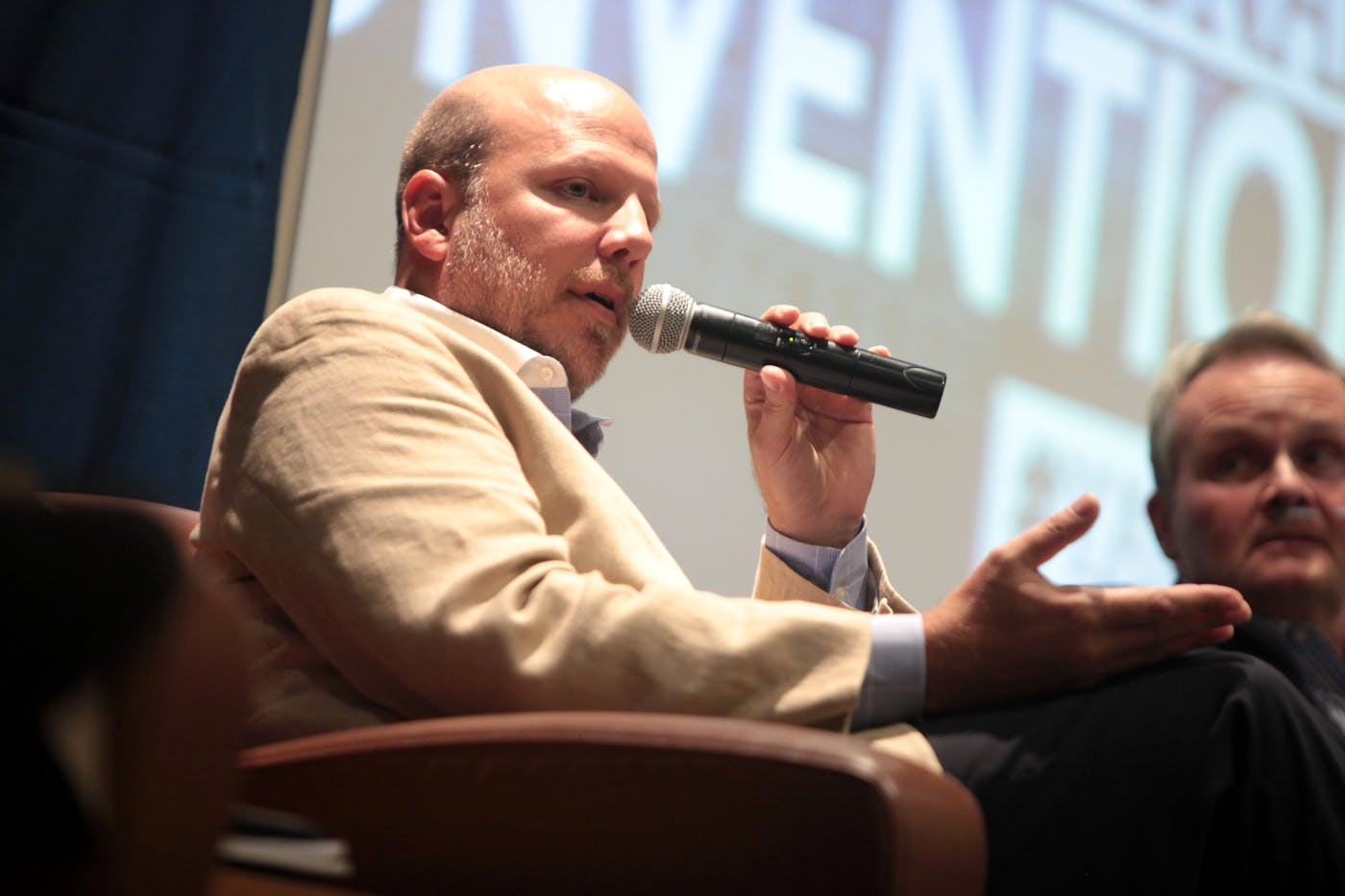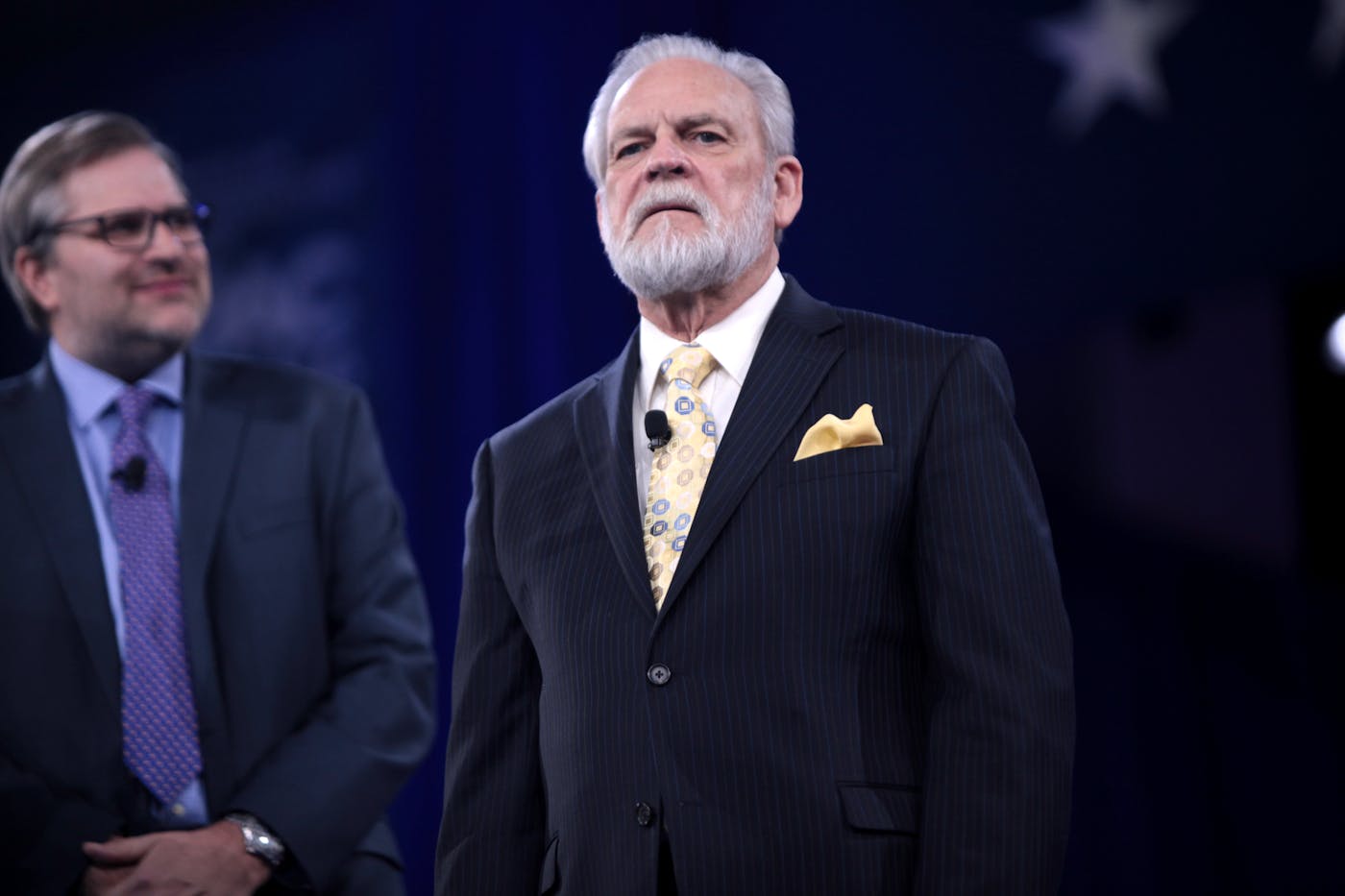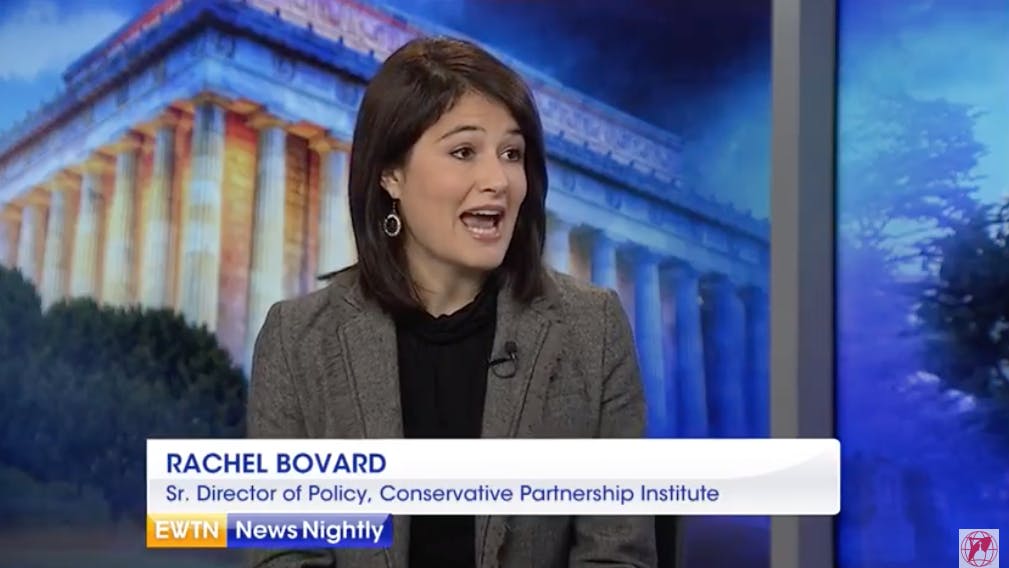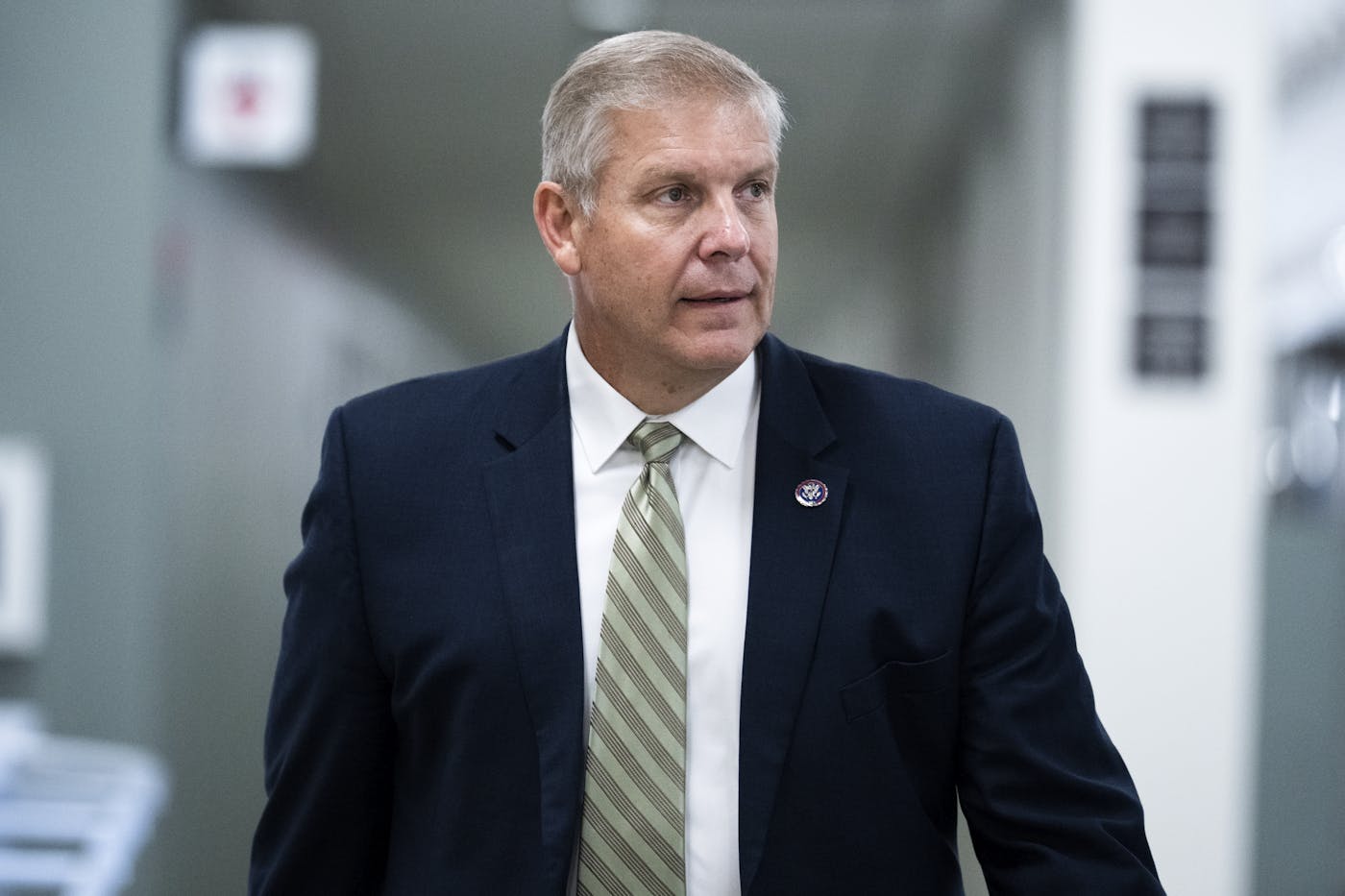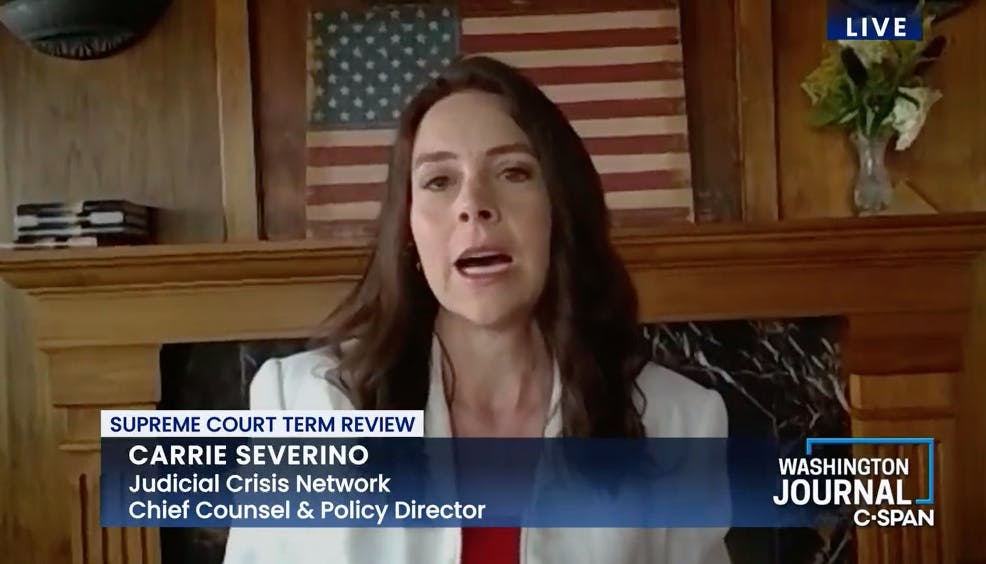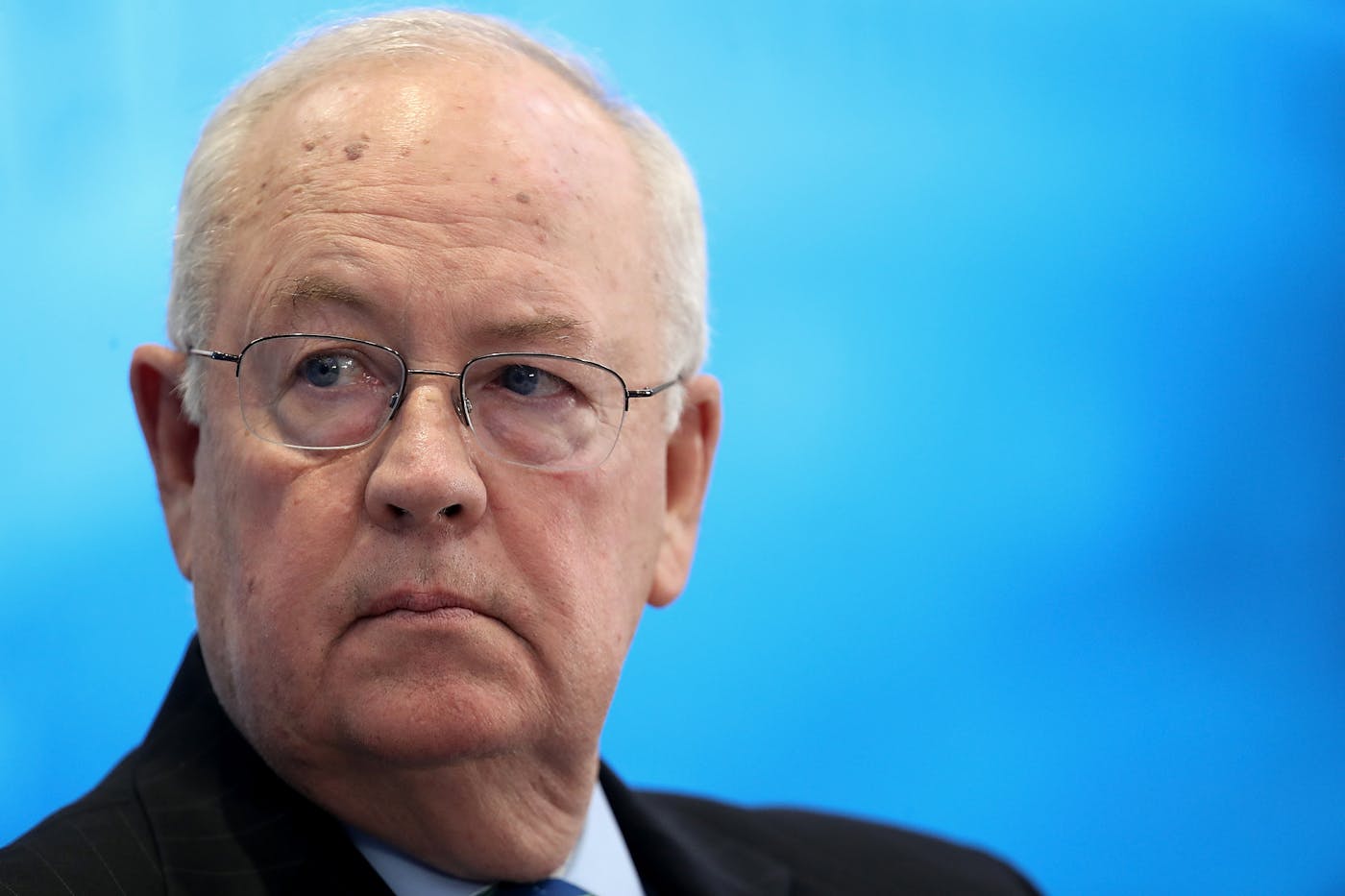Executive to take leave amid fallout from Lisa LaFlamme's departure from Bell Media
The Canadian Press

TORONTO - A Bell Media executive is taking a leave from his job amid the fallout from the ousting of Lisa LaFlamme as anchor of the company's flagship newscast.
An internal Bell Media memo says Michael Melling, vice-president of news, is taking leave effective immediately to spend time with family.
Bell Media, the parent company of CTV News and BNN Bloomberg, has been facing criticism after LaFlamme announced last week in a video on social media that her contract had been terminated.
In the video, the longtime CTV National News anchor said she was blindsided by the company's decision.
Bell Media said terminating LaFlamme's contract after 35 years was a business decision and it wanted to move the chief news anchor role in a “different direction.”
The dismissal raised questions among media observers about whether sexism and ageism played a role in the shakeup.
Bell Media said in its statement it takes allegations of discrimination “very seriously” and is taking steps to initiate a third-party internal workplace review in the newsroom over the coming weeks.
The internal memo Friday said Melling's decision to take leave “reflects our desire to support the newsroom and do what's best to help the team move past the current circumstances.”
In a statement issued Friday night, BCE and Bell Canada President and CEO Mirko Bibic said, “There is certainly no denying that Lisa LaFlamme has made an important contribution to Canadian news for three decades. Since Bell Media’s decision to end her contract, there has been heavy criticism. The narrative has been that Lisa’s age, gender or grey hair played into the decision. I am satisfied that this is not the case and wanted to make sure you heard it from me. While I would like to say more on the Bell Media decision, we are bound by a mutual separation agreement negotiated with Lisa, which we will continue to honour.”
Richard Gray, currently regional general manager of the eastern region, will step in as acting vice-president of news, supported by Karine Moses, senior vice-president of content development and news, the memo said.
Since her departure, Wendy's, Dove and Sports Illustrated have shown their support on social media for LaFlamme, who has been open about not dyeing her grey hair.
Wendy's changed its signature red-headed mascot's hair to grey, while Dove announced it would donate $100,000 to Catalyst, a Canadian organization that helps build better workplaces for women.
Sports Illustrated retweeted its cover that features 74-year-old model Maye Musk.
LaFlamme's departure and her replacement were both announced on Aug. 15, frustrating viewers who felt she should have had a proper sign-off and career retrospective.
Bell Media has said it “regrets” the way in which LaFlamme's departure was handled, as it “may have left viewers with the wrong impression” that her storied career wasn't valued.
LaFlamme said in her video that she found out in June that Bell Media was ending her contract at CTV National News, but kept it under wraps until the details were finalized. Omar Sachedina has been named as her replacement.
At a town-hall meeting with staff last week, Moses said LaFlamme rejected the opportunity to bid farewell on air.
In a recording of the meeting obtained by The Canadian Press, she told employees that LaFlamme wasn't simply ousted from the company.
She “was offered many options to come back and to do many things, which she declined, and I respect that,” Moses said, without offering details on the other job opportunities Bell Media presented to LaFlamme.
This report by The Canadian Press was first published Aug. 26, 2022.



